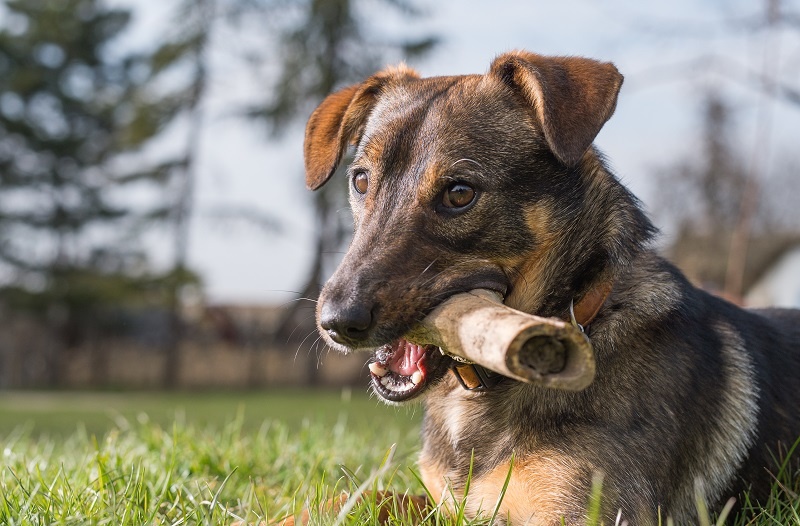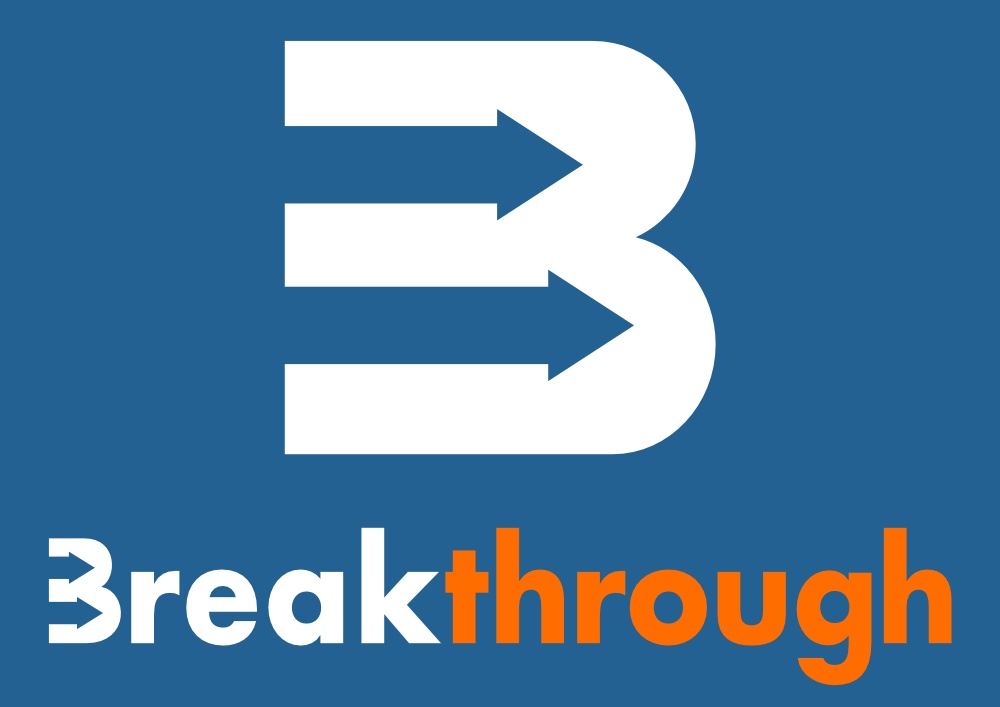One of the most divisive issues among dog owners and, to be fair, veterinary surgeons is that of whether dogs fare better on raw diets or on foods specifically manufactured to a reproducible formula and quality. Many argue that, as omnivores, dogs were originally designed to bring down prey and to eat it raw, including the vegetable contents of the prey’s digestive tract, while others contend that the domestic dog has evolved over millennia and that today’s dogs are better served by the carefully tailored composition of modern, commercially developed dog foods. Indeed, many dogs do perfectly well on home produced diets that include a significant element of human foodstuffs and, while there’s some truth in all these points, it’s important to resist the viewpoint that we now know so much about canine nutrition that we no longer need to exercise caution in deciding how to feed our dogs. “Give a dog a bone!” might be part of our childhood lexicon of phrases but it’s an area where we really do need to be careful.
Bones can be a good source of minerals and other nutrients and we know that the chew reflex in dogs is highly important for their development and wellbeing. Chewing stimulates saliva enzymes, and the abrasion of teeth against a resistant or fibrous surface helps reduce and prevent the build-up of dental plaque. Indeed, puppies have a nutritional requirement for the nutrients found in bone marrow and bones itself. This is why many manufacturers of dog foods will include bone meal in their formula. However, just as chewing sticks can cause problems, giving a dog the wrong kind of bone can be highly dangerous. Cooked bones of any kind can splinter causing choking as well as serious damage to the soft tissue of the mouth and throat and to the intestinal tract. The golden rule here is that cooked bones of any kind should NEVER be fed to dogs.

Unlike hyenas, and some other wild dogs, domestic dogs cannot digest bone as the acidity of their stomach is not sufficient to facilitate the dissolution of bone. Even raw bones can cause problems as, in pet dogs, bits of bone can become stuck in the digestive tract causing obstruction or worse.
Veterinary advice can be confusing and advice from the American FDA Center for Veterinary Medicine warns that “Bones are unsafe, no matter what their size” although the advice fails to differentiate between cooked and raw bones. Current thinking suggests that feeding raw bones can be healthy, so long as we follow some guidelines:
i. Many veterinary surgeons will differentiate between edible and recreational bones:
Edible bones are the lightweight bones from chicken wings and chicken and turkey necks which are pliable and soft. They do not contain marrow and are easily crushed.
Recreational bones are big beef bones, too large to be chewed into pieces and swallowed, and are there to be gnawed upon. They do not provide significant nutritional value and are suitable for stimulating oral health and mental wellbeing in your dog. They must be raw, not baked, boiled or steamed and should never come as leftovers from your plate.
ii. When feeding raw bones, it is vital that we do so in a supervised manner. If you see blood on the bone, coming from your dog’s mouth or any signs of choking, remove the bone immediately.
iii. Some dogs like to swallow the whole bone or to break it up to facilitate swallowing it so, similarly, when a bone has been gnawed down to the point when chunks that can be swallowed could come away, remove the bone and replace it with another, larger one, such as a knuckle bone which is too large for the dog to bite down on.
iv. If your dog has a tendency towards digestive intolerance or pancreatitis, bones may cause diarrhoea or gastrointestinal problems and should be avoided.
As humans, we feel compelled to give bones to our dogs and some research in the US recorded the times of the year when we most frequently fed bones to our dogs as can be seen in this chart from Google Trends 2018:
Clearly, when we are celebrating, we like to give our dogs something to celebrate with too but it’s far too easy to forget that a dog with a bone must be supervised for the whole period that they have the bone and we should always give a bone to a dog that has already been fed as a hungry dog is more likely to want to swallow the bone or break it up and eat the parts.
However, many experienced veterinary surgeons will discourage feeding any raw bones and will advise owners to play it safe and to feed only commercially-produced chewing toys and artificial bones that come in a range of sizes that are suitable for every dog. So, if in any doubt, take note of the available advice; it’s far better to be safe than sorry!

